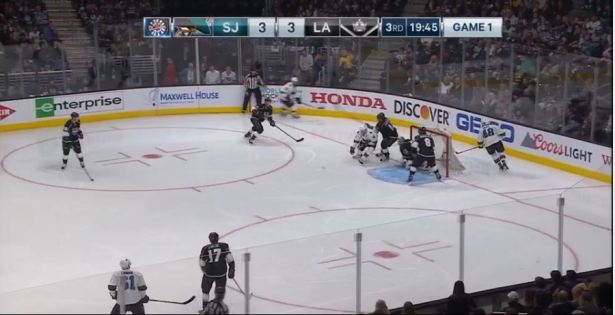
(Image Wikipedia Commons)
Recently, the statistical analyst of an NHL team was let go in the aftermath of an underwhelming regular season and a puzzling decision involving one of the team’s most productive and iconic players. Rights and wrongs aside, the episode illustrated an uncomfortable fact: the analyst’s job is perhaps the most fragile one of all.
Imagine the tightrope walker, balancing him/herself atop a fine metal wire between two buildings. The job is a difficult one on the best of days, requiring a lifetime of practice and undivided focus. Randomness is not the tightrope walker’s friend. A gust of wind, a slight mis-step or even a meeting with an errand low-flying pigeon could yield deadly consequences.
While the physical stakes are different, an analyst’s career prospects (and personal well-being) are similarly affected by things out of his or her control. While job security in any field is dependent on market conditions, things are especially dire for the technical worker responsible for uncovering Truths, but ranked too low in the corporate hierarchy to effect real change.

